From The Quiet Man to boycotts, to the Argentine Navy beautiful County Mayo in the west of Ireland has a wealth of history, wonderful landscapes, and truly interesting tidbits.
County Mayo, Ireland’s third-largest county, has a rich and fascinating history.
Here are 10 of the most interesting facts about County Mayo:
1. The name Mayo originates from the Irish “Mhaigh Eo.”
(© O'Dea at Wikimedia Commons, CC BY-SA 4.0)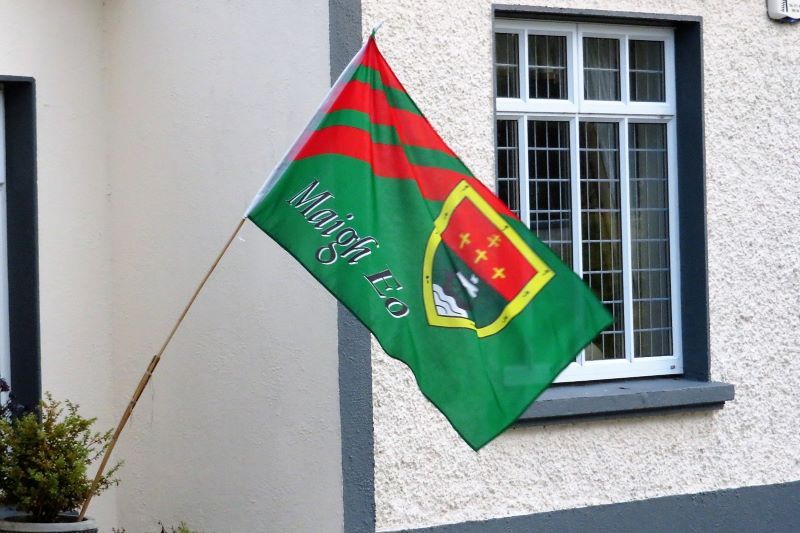
The Irish version of the county is Mhaigh Eo, which translates to “Plain of the Yew Trees,” originating from the village of Mayo, known today as Mayo Abbey. The yew tree is one of the few evergreen trees native to Ireland.
2. The term “boycott” originated in Co. Mayo.
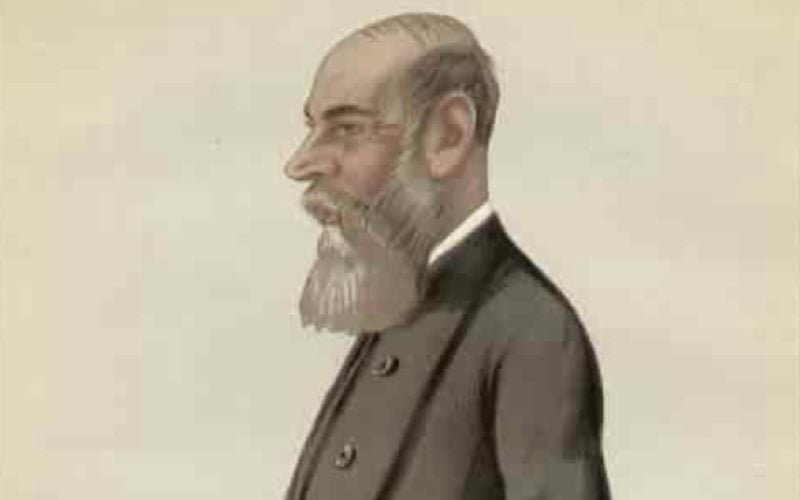
Charles Cunningham Boycott
The word derives from Captain Charles C. Boycott, a 19th-century British land agent for an absentee landlord, Lord Erne. Boycott was frozen out by his local community in Ballinrobe, Co. Mayo during the Irish Land War as a part of the Irish Land League's campaign of ostracism.
3. Mayo was the birthplace of one of the most fearsome and famous Irish pirates.
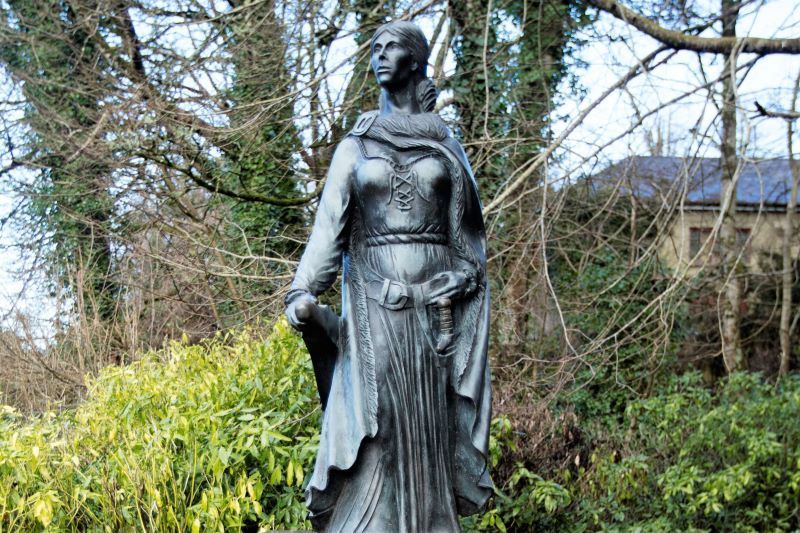
Grace O'Malley statue in Westport, Co Mayo. (RollingNews.ie)
The Pirate Queen Grace O’Malley (c. 1530 – c. 1603) was of the famed O’Malley clan of Mayo. Her father was a chieftain and sea trader and she learned how to handle herself on his ships.
Striking out on her own, she became known as the Pirate Queen capturing English ships and taking their cargo. The English moved against her, but she went to London and met the Virgin Queen, Elizabeth the First, who recalled her armies and released O’Malley's family, who were being held by the English. She lived to a ripe old age.
4. The oldest-known field system in Europe is found in Co Mayo.

Céide Fields in Co Mayo. (Ireland's Content Pool)
Céide Fields dates back five and a half thousand years and is one of the largest Neolithic sites and field systems in the world. The fields – which include megalithic tombs and houses – were covered over with bog-land in time, and were then re-discovered in the 1930s, when a Co. Mayo school teacher, Patrick Caulfield, discovered a pile of stones as he was cutting turf.
5. Some of the best-known stories from early Irish literature come from County Mayo.
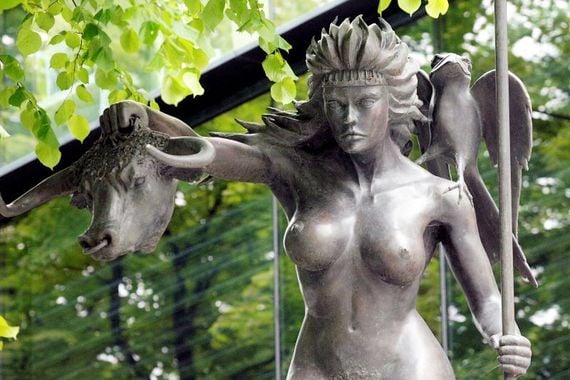
Queen Maeve statue in Dublin. (RollingNews.ie)
Tain Bo Flidhais – “The Mayo Tain” is a tale from the Ulster Cycle and includes one of the most enduring early Irish cattle raid (Táin Bó) stories, the Táin Bó Cúailnge. Legendary heroes Queen Maedbh (Maeve), the Queen of Connacht, Cú Chulainn and Fergus mac Róich all feature.
6. “The Quiet Man” was filmed in Cong, Co. Mayo.
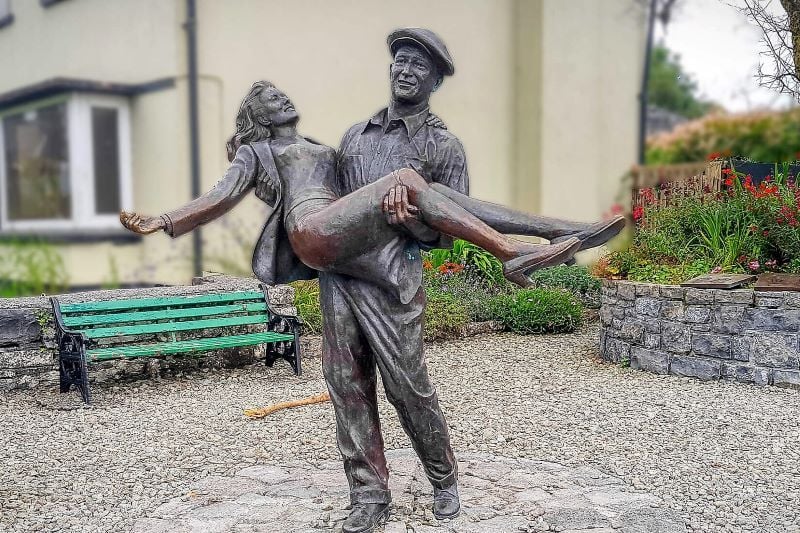
Statue of John Wayne and Maureen O'Hara in Cong, Co Mayo. (Ireland's Content Pool)
The film, starring Maureen O’Hara and John Wayne, won director John Ford the Academy Award for Best Director and Best Cinematography at the time, but the movie won itself a place in the world’s heart due to the lush photography of the Irish countryside and the slightly comic fist-fight and rows between the characters.
In 2013, the movie was selected for preservation in the United States National Film Registry by the Library of Congress as being “critically, historically, or aesthetically significant.”
And it’s certainly that. More than 50,000 tourists seeking to take in the sights and sounds of the beloved movie visit the town of Cong each year.
7. Ireland’s first female president was born in Co. Mayo.

Former President of Ireland Mary Robinson. (RollingNews.ie)
Mary Therese Winifred Robinson was born May 21, 1944, in Ballina and served as the seventh, and first female, President of Ireland from 1990 to 1997, and the United Nations High Commissioner for Human Rights, from 1997 to 2002.
8. Two of Ireland’s best-known pilgrimage sites are in Co. Mayo.
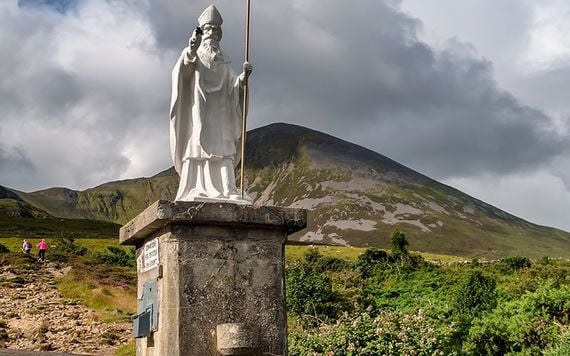
Croagh Patrick. (Getty Images)
Knock Shrine is a Catholic pilgrimage site and National Shrine. In 1879 some locals said that they had observed an apparition of the Blessed Virgin Mary, Saint Joseph, John the Evangelist, angels, and Jesus Christ.
Croagh Patrick (Cruach Phádraig, meaning "Saint Patrick's Stack”) is a 2,507 ft mountain and an important site of pilgrimage in County Mayo. It is the third highest mountain in County Mayo after Mweelrea and Nephin. It is climbed by pilgrims annually on Reek Sunday, which is the last Sunday in July.
9. The largest Irish island is off the coast of Co Mayo.
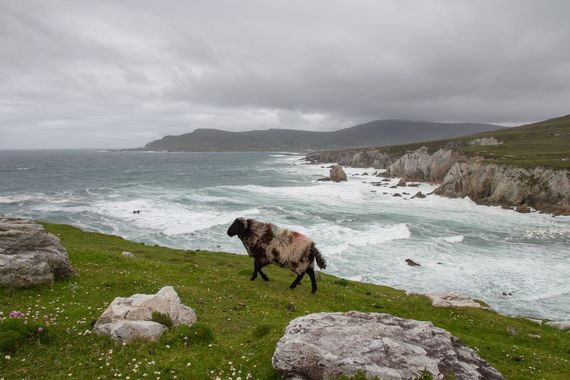
Achill Island. (Getty Images)
Achill Island is the largest island in the country (15 x 12 miles) and is accessible from the mainland by a bridge. Achill has a long history of human settlement, and there is evidence that Achill was inhabited as many as 5,000 years ago. Today it has a population of 2,700.
10. The founder of the Argentine Navy was from Co Mayo.
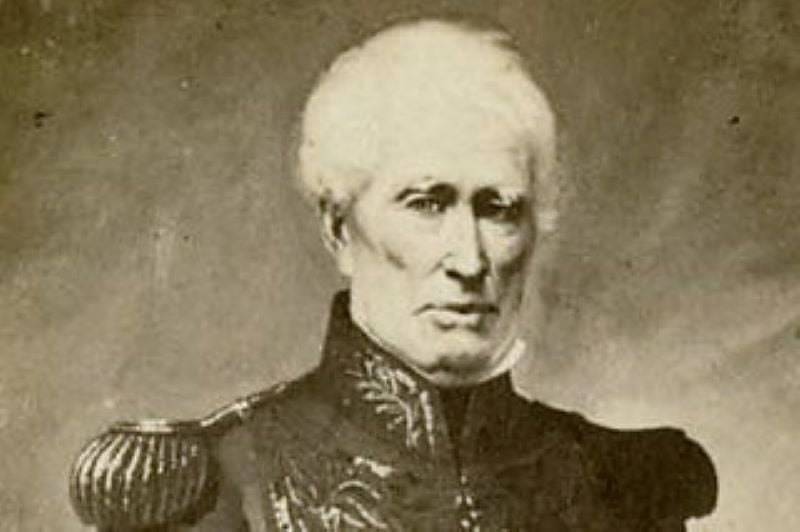
1855 Portrait of Admiral William Brown. (Public Domain)
William Brown was born in Foxford, Co Mayo on June 22, 1777. His family immigrated to Philadelphia around 1786 when William was nine years old. His father died shortly after the family arrived, launching William into an early career at sea.
Brown's victories in the Argentine Independence War, the Cisplatine War, and the Anglo-French blockade of the Río de la Plata earned the respect and appreciation of the Argentine people. Today he is regarded as one of Argentina's national heroes. Creator and first admiral of the country's maritime forces, he is commonly known as the "father of the Argentine Navy."
* Originally published in 2015, updated in May 2025.
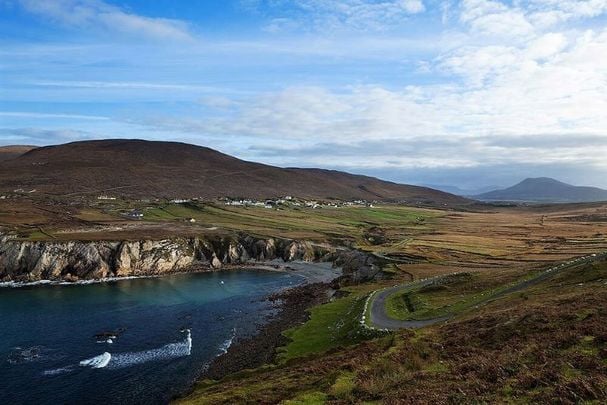
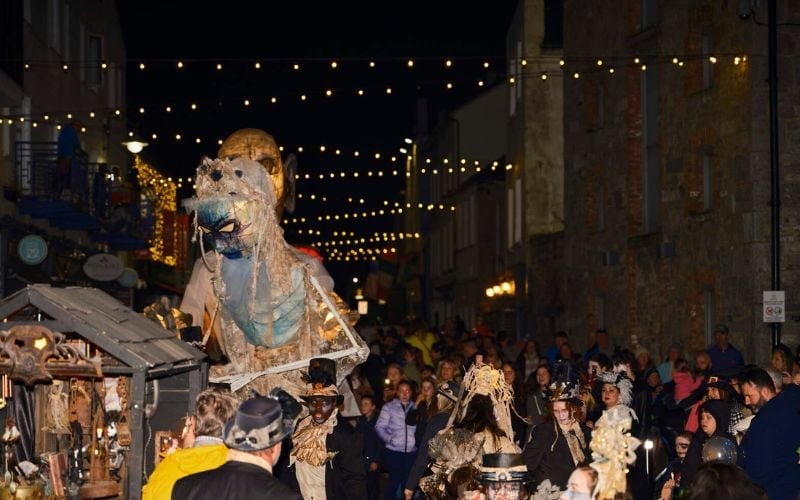

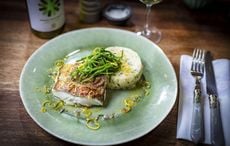
Comments